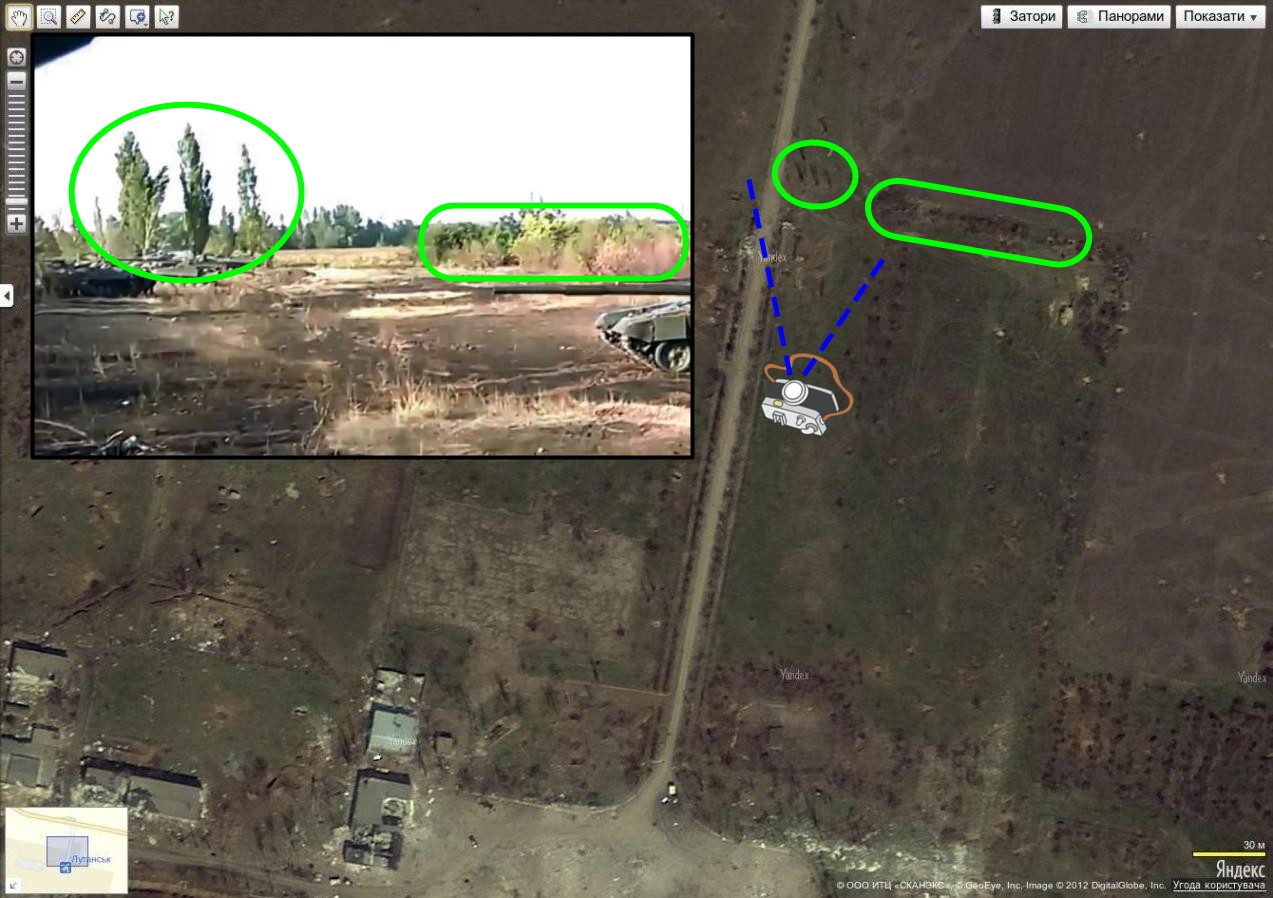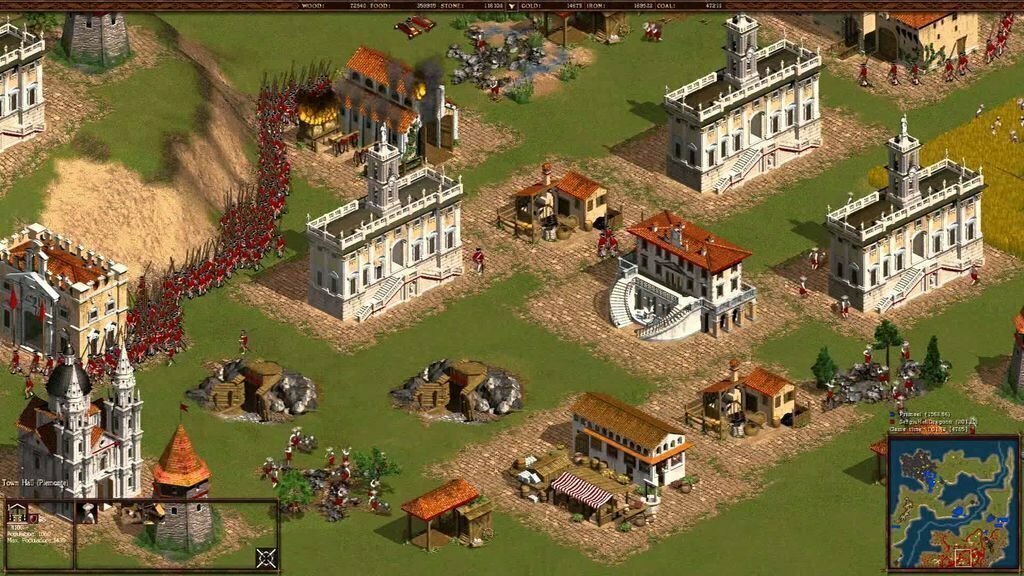

Iuliia Naumova's Ranenie, bolezn´ i smert´ examines the Medical Department of the Russian military, and her conclusions challenge traditional criticism of the Nikolaevan system, showing that the Russian military-or at least the Medical Department-was fairly well prepared for war. The six works under review offer new insights into the war and hence expand our understanding of the Nikolaevan era, Russian-Ottoman borderlands, the role of religion in the war, and the vast number of people(s) whose lives were forever changed by the conflict. Today, historians of these regions are investigating the Crimean War as a transformative event. Whether due to battles, population exchanges, or nationalist movements caused by the war, the present-day states of Ukraine, Moldova, Bulgaria, Romania, Greece, Turkey, Armenia, Georgia, and regions such as Crimea and the Caucasus all changed in small or large ways due to this conflict. After the Crimean War, Russia and the Ottoman empires swapped hundreds of thousands of Muslims and Christian refugees, in what Brian Williams has called the "Great Retreat" of Muslims from Europe. As the most violent episode of the Eastern Question in the 19th century, it profoundly influenced the history of the Black Sea region, the Caucasus, and the Balkan Peninsula. The war heralded Russia's transition into the modern era by exposing class tensions and introducing technological and scientific advancements. With Kars, Winfried Baumgart notes, Russia "controlled more square miles of enemy territory than did the sea powers." In Baumgart's reading of the treaty and preceding events, therefore, Russia came to the Peace of Paris not as the vanquished but as an equal participant. The war had multiple fronts in the Danubian Principalities, the Black Sea, the Baltic Sea, the White Sea, and the Pacific and ended with an Ottoman defeat in Kars in November 1856.

France and Britain entered in March 1854, after the Russian-Ottoman conflict had clearly turned in Russia's favor.

Russia and the Ottoman Empire initially went to war in October 1853 over Russia's rights to intervene in the affairs of Orthodox Christians living in Ottoman territory. The Crimean War was a Russo-Turkish War first and a European war second-or to borrow from David Goldfrank, the Crimean War consisted of "two wars and a diplomatic struggle," the latter referring to Austria's and Prussia's involvement from the sidelines. Although much of this work is popular or commemorative in nature, the books under review here offer a variety of innovative approaches to the war and make substantial contributions to the field. The 150th anniversary of the Crimean War has inspired new interest, however, among Russian area scholars. As opposed to World War I and World War II, in which the tragedy of the eastern front is fairly well documented in the literature, the British experience dominates the general narrative of the Crimean War. The Soviet historian Evgenii Viktorovich Tarle wrote the last major Russian monograph on the topic during World War II. Few English-language monographs devoted themselves to the Russian Crimean War.

Until recently, the Crimean War (1853-56) has been much neglected in Russian history.


 0 kommentar(er)
0 kommentar(er)
